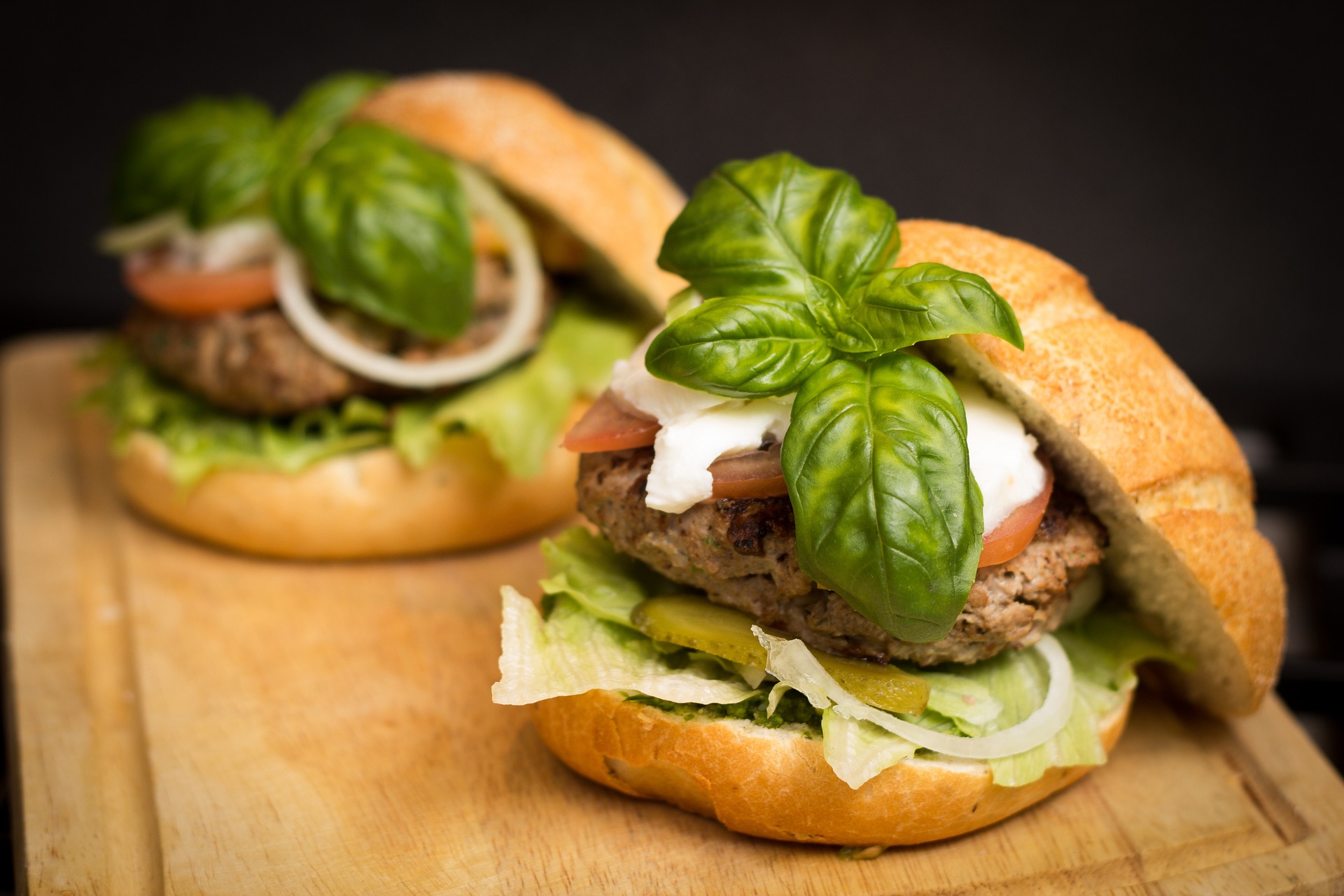Edible Flowers: A Blooming Trend in Culinary Artistry
Delicate petals, vibrant hues, and unexpected flavors are taking center stage in kitchens worldwide. Edible flowers are blossoming into a culinary phenomenon, adding visual appeal and unique tastes to dishes across the spectrum. From fine dining establishments to home kitchens, these botanical beauties are transforming plates into edible gardens, inviting diners to experience food through a fresh, floral lens.

From Garden to Plate: Sourcing and Safety
While the allure of edible flowers is undeniable, it’s crucial to source them safely. Not all flowers are edible, and even those that are may be treated with pesticides unsuitable for consumption. Specialty growers and farmers’ markets often offer organically grown edible flowers, ensuring they’re safe for culinary use. For the ambitious, growing your own edible flowers provides the freshest option and the satisfaction of nurturing your ingredients from seed to plate. Remember to positively identify any flower before consumption and avoid those from roadsides or areas treated with chemicals.
Culinary Applications: Beyond Mere Garnish
Edible flowers are more than just pretty faces on a plate. Innovative chefs are incorporating them into dishes in increasingly creative ways. Flower-infused honeys and syrups add a floral note to both sweet and savory recipes. Crystallized flowers preserved in sugar bring a delicate crunch and beauty to cakes and pastries. Floral ice cubes elevate summer drinks, slowly releasing their flavors as they melt. Even savory applications are blooming, with flower petals finding their way into compound butters, cheeses, and even as a replacement for grape leaves in dolmas.
Flavor Profiles: A Floral Taste Adventure
The taste of edible flowers can range from subtle to surprisingly bold. Chamomile offers a gentle, apple-like sweetness, while marigolds bring a slightly spicy, citrusy note. Hibiscus flowers pack a tart punch, making them excellent in teas and syrups. The flavor of violets is often compared to wintergreen, adding an unexpected twist to desserts. Understanding these flavor profiles allows chefs to pair flowers with complementary ingredients, creating harmonious and innovative flavor combinations that surprise and delight the palate.
Nutritional Benefits: Beauty with Substance
Beyond their aesthetic appeal, many edible flowers offer nutritional benefits. Rich in antioxidants, vitamins, and minerals, these petite powerhouses can contribute to a well-rounded diet. Calendula, for instance, is high in carotenoids and vitamin C, while rosehips are a concentrated source of vitamin C. Dandelion flowers, often overlooked, are packed with vitamins A and C, as well as iron and calcium. By incorporating edible flowers into meals, diners can enjoy not only a feast for the eyes but also a boost of natural nutrients.
Blossoming Tips for Floral Cuisine
• Always ensure flowers are pesticide-free and safe for consumption
• Start with small amounts to test for any allergic reactions
• Remove pistils and stamens before eating to avoid bitterness
• Experiment with flower-infused oils and vinegars for subtle flavor additions
• Freeze edible flowers in ice cubes for a stunning addition to beverages
• Try drying flowers to extend their usability in teas and spice blends
• Pair floral flavors with complementary herbs and spices for complex taste profiles
As the culinary world continues to embrace the beauty and versatility of edible flowers, we’re witnessing a renaissance in plate presentation and flavor exploration. This blooming trend invites us to see our meals through a new lens, where every dish is an opportunity to create edible art. By incorporating these natural wonders into our cooking, we not only elevate the visual appeal of our food but also expand our palates to include nature’s most delicate flavors. As we move forward, the integration of edible flowers in cuisine promises to flourish, offering endless possibilities for culinary creativity and sensory delight.






